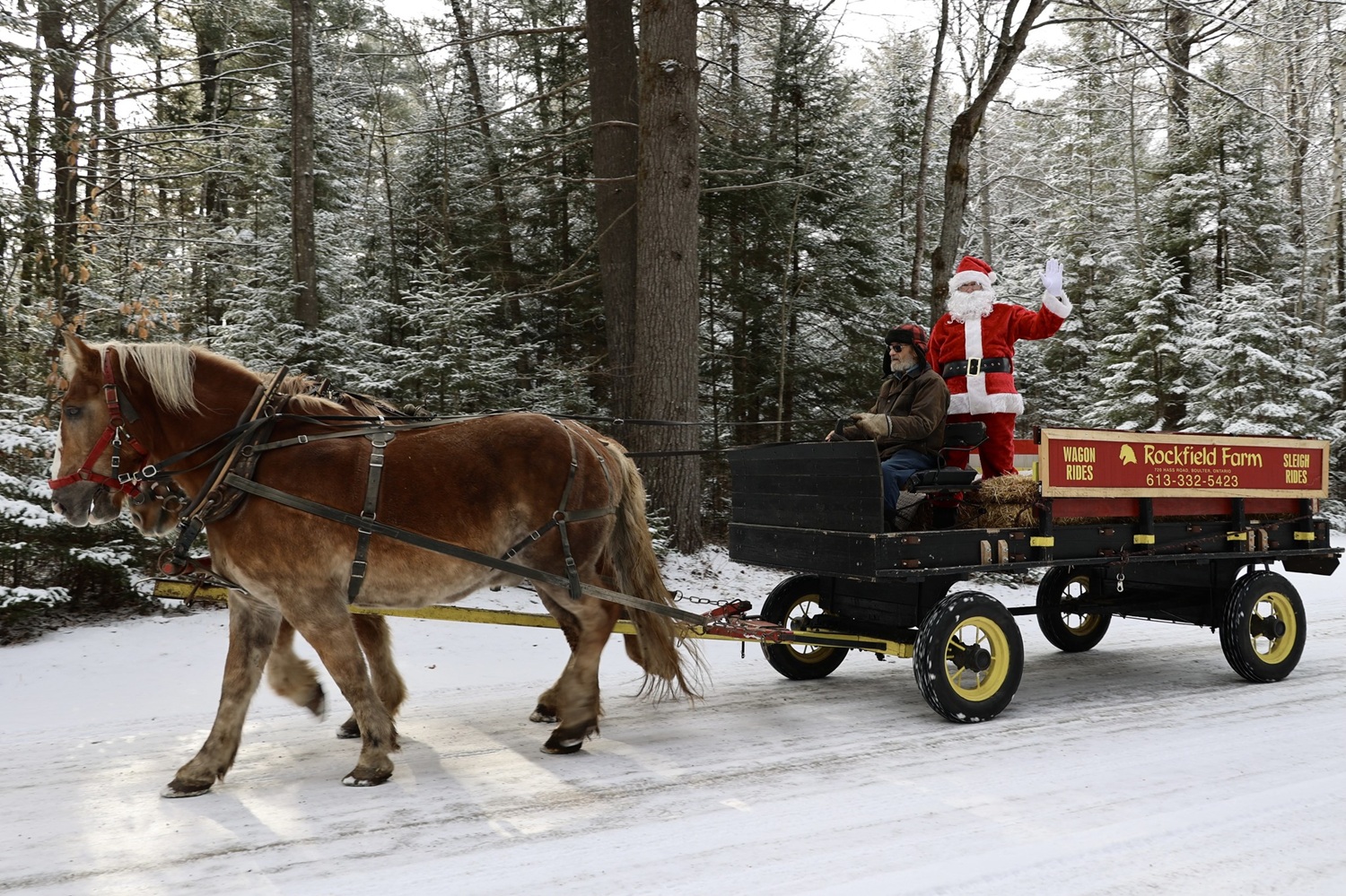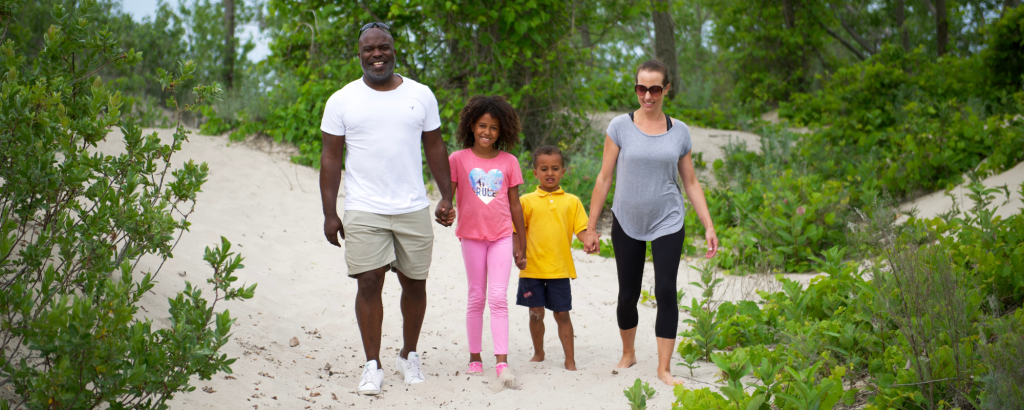
Racing around the campground with brand new friends. Building sandcastles on the beach. Roasting marshmallows over the campfire.
Some of our best childhood memories are made in parks.
Before you pack your little ones into the car for your next family vacation, here are five conversations to make sure your trip is as safe as it is fun!
~
1. If you don’t know what it is, don’t touch it
We’re all about exploring the great outdoors.
There are so many wonderful, mysterious things to discover: a fuzzy caterpillar inching its way up a tree, a shadowy snake slipping through the grasses, colourful wildflowers nodding in the breeze.
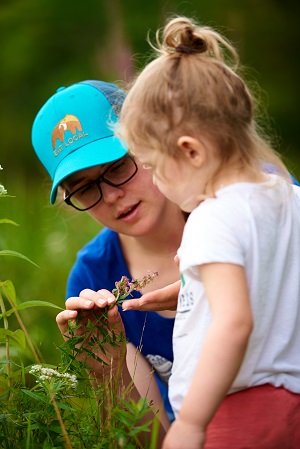 Many of these creatures have defenses of their own – some that are obvious, and others that aren’t.
Many of these creatures have defenses of their own – some that are obvious, and others that aren’t.
Teach your child to treat nature with respect. Pack an exploration kit to allow them to safely discover the world around them.
A basic nature exploration kit can include:
- a jar to hold specimens for observation
- tweezers or a paintbrush for picking up tiny insects
- a net for catching things like toads or frogs
- a magnifying glass to take a closer look.
Remember to discuss the importance of placing all of your discoveries back where you found them so they can continue to play a role in the park’s ecosystems.
~
2. Don’t eat that!
Just as some wildlife have dangerous defenses, plants do too!
Teach your kids that while the berries and mushrooms growing in the park might look like what’s in your local grocery store, many are poisonous to humans and they shouldn’t be eaten.
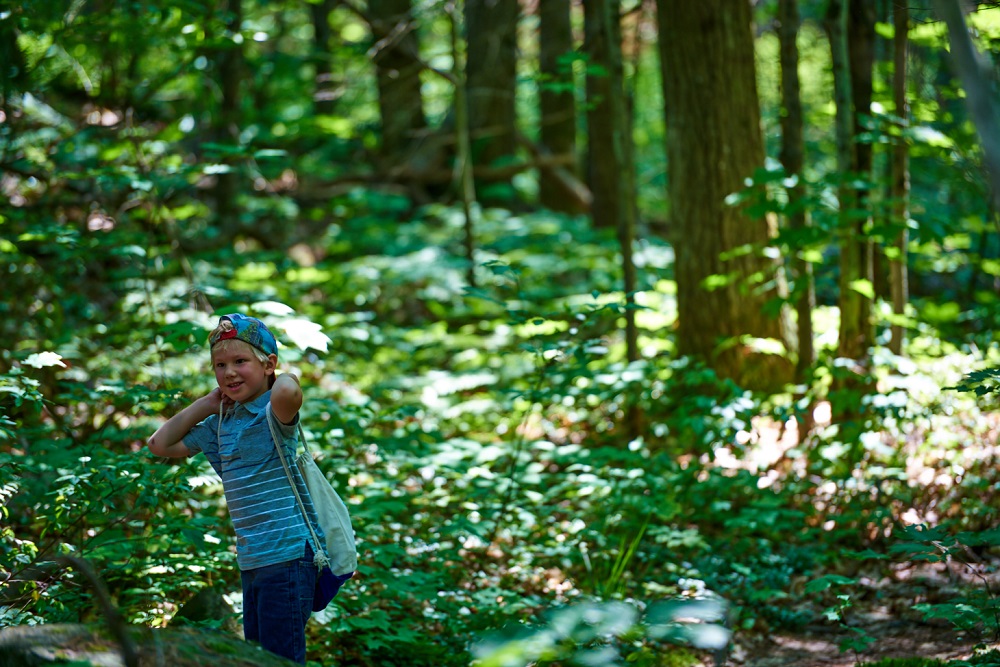
Some plants, like Poison Ivy, can irritate our skin just by brushing up it.
You can learn about what plants to look out for by speaking to staff members or contacting the park before your trip. The easiest way to avoid any possible contact is to remain on marked trails and campsites.
~
3. Where are you?

Once you’ve planned your trip, regularly quiz children (and other adults) on your campsite number, the name of the campground, or even the name of the trail you plan to walk.
These details can help staff quickly reunite lost visitors with their families.
~
4. What to do if you get lost
One of the most important things you can teach your child before heading into any natural area is to “hug a tree” if they get lost.
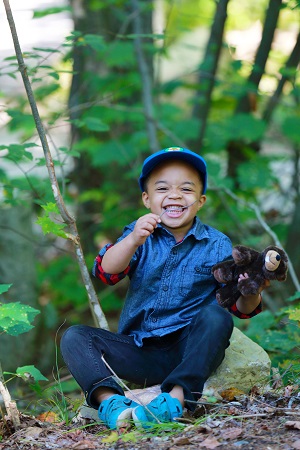
While children’s first instinct will be to try to find their way back, reassure them that people will start looking for them. It’s important they stay in one spot so they’re easier to find.
A giant tree friend can make being alone a little less scary.
Practice choosing a “tree friend” and settling underneath it when walking on trails.
A cheap and easy-to-carry trail safety kit can be made by attaching a whistle with a twist-tie to a rolled up orange garbage bag with slits cut in it for head and arm holes.
Blowing the whistle signals for help, while the garbage bag can both keep them dry and serve as a colourful signal for searchers.
Remind children that the whistle is only to be used for emergencies, just like calling 911.
~
5. Get to know the park staff
One of our greatest resources in our parks is our dedicated staff members! Take the time to show your children photos of staff in uniform, either on the Ontario Parks website or in person, and identify them as someone safe to approach for help.

When you’re in the park, stop a staff member to introduce your child to them.
We’re always happy to meet junior campers and exchange high-fives!
Remind children that some staff members such as maintenance staff or wardens may wear a different uniform, but they’re always ready to help out.
~


